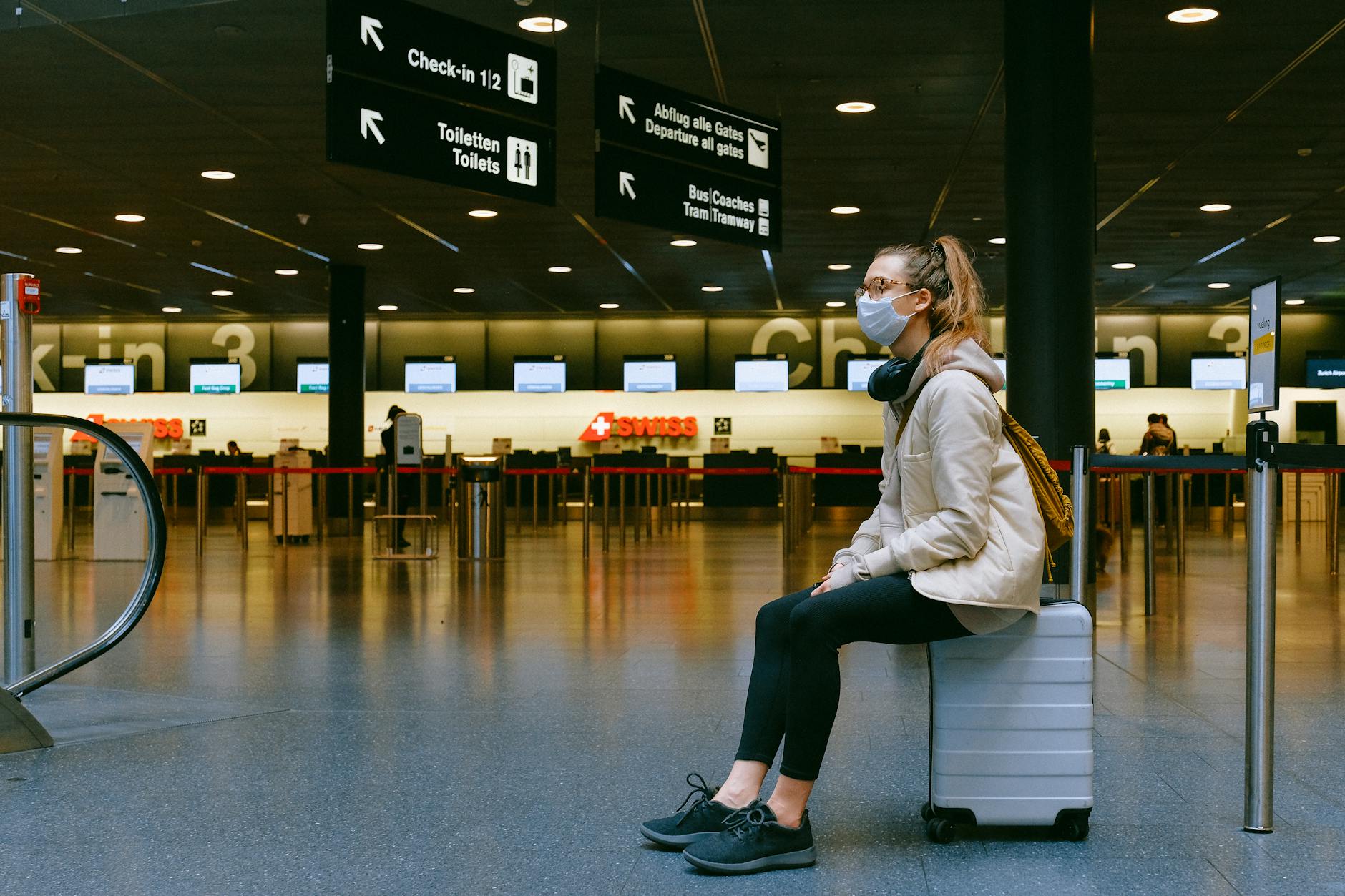Whilst many airports are grappling with the operational challenges of re-opening post-Covid19, how important is it to go beyond providing the service? What does the customer experience of that service now look like, and what implications could this have for your airport?
All sectors are currently wrestling with the practical measures they need in place to reopen safely. Businesses are faced with many operational questions, including:
- How can social distancing be achieved in our space and with our service?
- What needs re-configuring, what needs redesigning?
But beyond the functional, businesses will need to layer in how to build confidence and get people to actually return to travelling, shopping, visiting museums and other services.

Customers will be doing their own individual risk assessments based on their personal circumstances (say, “there someone vulnerable in my household so I won’t risk it”) and the actions of businesses have to speak to those individual choices.
To address confidence & trust, businesses might need to question how they might increase visibility around their actions to make spaces safe. For example, we might put up a notice to say areas are cleaned between use, but does that do enough? What might have more impact and increase confidence is for passengers to see staff doing this – and doing it thoroughly. Customers may need to see the process as well as know it happens to have trust that they will be protected.
An extension of this is the potential need for interventions that perhaps have minimal actual value but send positive signals, playing on confirmation bias. The presence of CCTV cameras send a signal that an area is safe and being watched despite the fact that most CCTV cameras are not actually being monitored.

And what about experience? For many businesses, the focus is rightly on safety and perhaps efficiency first – how can we get to a point of opening again? But there is a risk that ignoring experience actually just undermines a business’s ability to generate the customer numbers they need.
For example, in airports, it might become possible to fly again, but if the reality of that experience is longer queues, longer waits, higher costs and luggage restrictions, will the trade-off of a bad experience be ‘worth it’ for non-essential travel? Whilst we might expect customers to have a greater tolerance now, there will be limits especially for non-essential services.
The challenge to businesses now is to take a wider human-centred approach to reopening. Thinking about those behavioural-led interventions that can increase confidence whilst creating safe spaces and services that people want to use.







